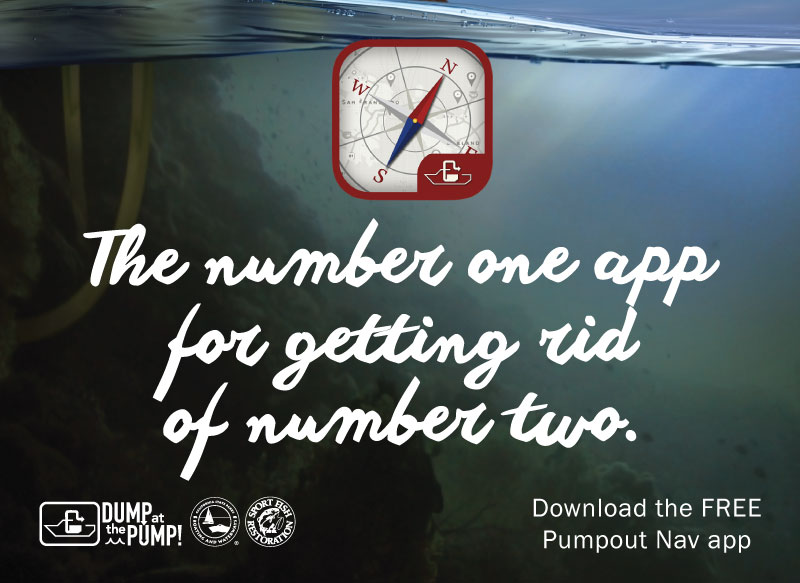
ILCA North Americans Bring International Dinghy Sailing to the Bay
The ILCA North Americans, being held on the Cityfront by the St. Francis Yacht Club (StFYC) this weekend, bring an international field of 125 sailors to, once again, compete on the Bay. The StFYC is hosting four days of racing, delayed for a year due to the global pandemic, but finally commencing yesterday. Sailors from all points of the continent, plus several nations, are in attendance and competing in ILCA 4 (formerly known as Laser 4.7), ILCA 6 (Laser Radial) and ILCA 7 (Laser Standard) rigs.
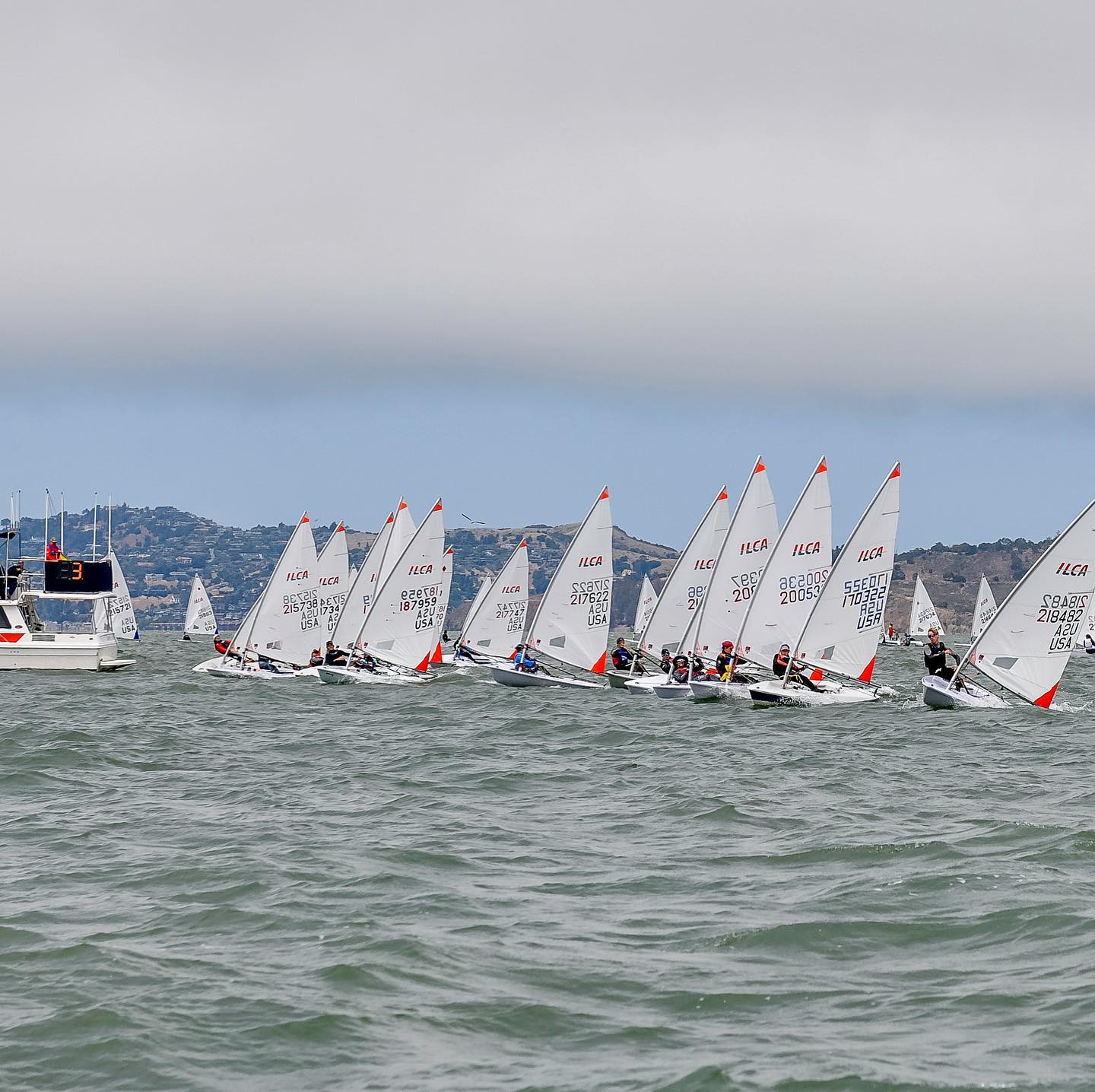
StFYC member, ILCA World Council President and Regatta Chair Tracy Usher is on the course competing alongside many other strong Bay Area contenders, including Caleb Yoslov of the San Francisco Yacht Club, currently in second place in ILCA 7 (Standard) rig. with fellow club member Nicholas Sessions not far behind in fourth. It will be a fun event to sail by (give them room!) or drive by this weekend. Or check them out on the St. Francis Yacht Club webcam.
When Sailing Is Given the Bird
We’ve heard a variety of excuses for why people don’t go sailing, but “because of a bird?” Really? Come on, that must be a joke. But in this case it was very true. Tom and Anne Bishop, members at the Sausalito Yacht Club, postponed many sailing opportunities around the Bay aboard their Alerion 28, Escapade, because a bird had built a nest inside their mainsail cover, and promptly delivered a clutch of five little eggs.
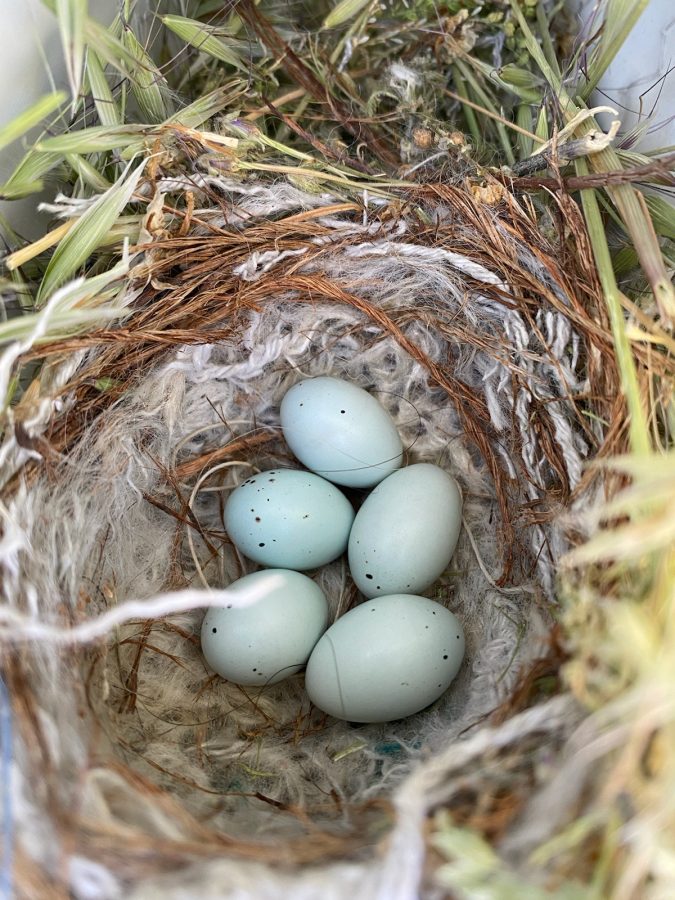
Tom told us, “The boat had an idle period of about two weeks (not exactly idle, as I was working on the boat). Work completed, and with a plan to sail, we removed the mainsail cover only to discover a nest with five eggs in the fold of the main.
“We carefully replaced the sail cover, and over the next week or so watched a pair of house sparrows (we think) fly into and out of the sail cover opening at the end of the boom.”
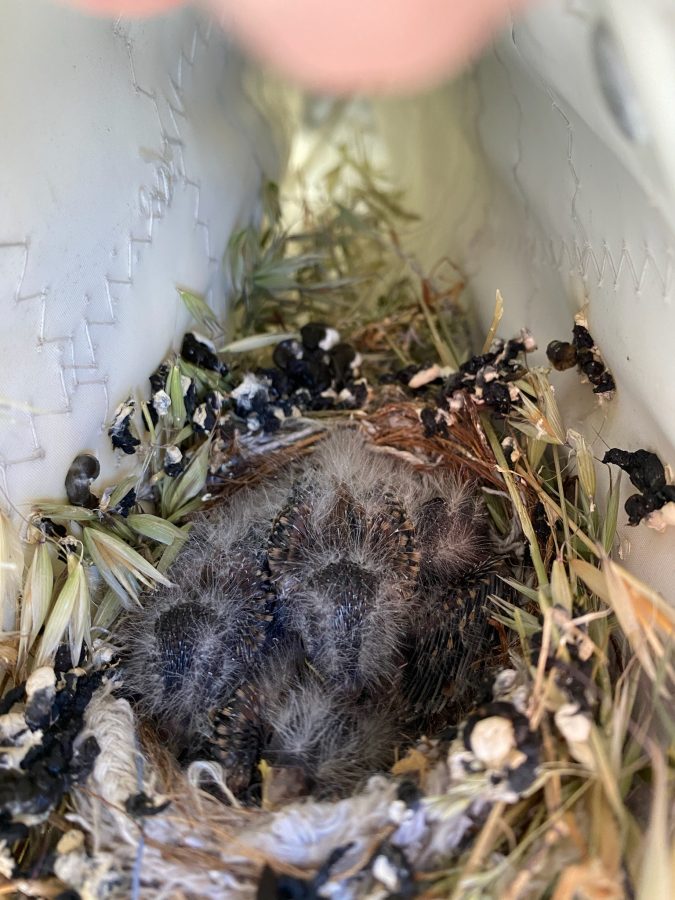
Tom and Anne said they canceled several sailing engagements so as to not disturb the birds.
Alas, in the end not all of the chicks made it out alive. One poor little feathered creature had been left behind in the abandoned nest.
So how do you dispose of a bird that didn’t make it out of the nest that had been tucked inside your mainsail cover? The chick and its nest were lowered to the water and given a Viking’s send-off, sans fire.
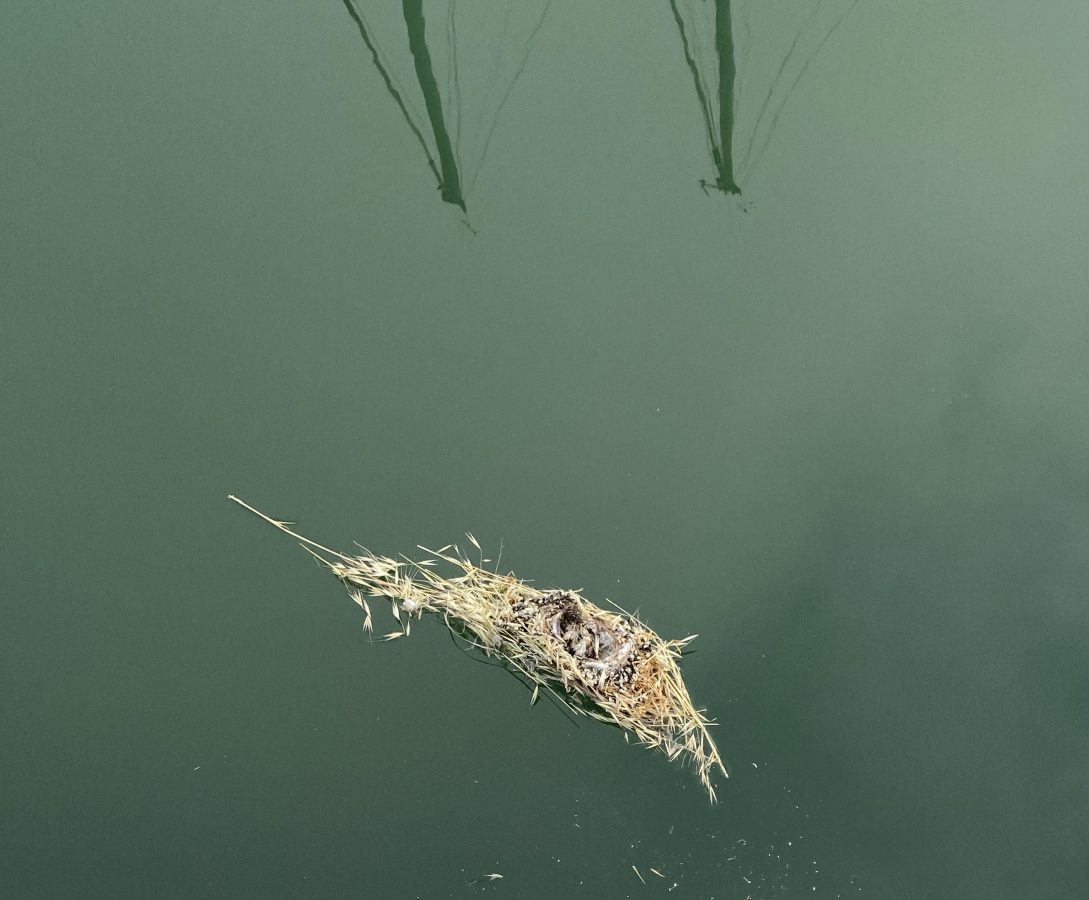
What’s your most unusual excuse for not going sailing?
Dump at the Pump with Division of Boating and Waterways’ ‘Pumpout Nav’ App
Division of Boating and Waterway’s “Pumpout Nav” is a free iOS and Android mobile app that shows you where the nearest sewage pumpout, dump station and floating restrooms are located.
Regatta Scoring Program Jibeset Turns 10
Jibeset founder and developer Ray Irvine sent us a note the other day to alert us that the regatta scoring website turns 10 this month.
Parsing the Data
“Jibeset now has 10 years of data around racing on the Bay for clubs that use Jibeset,” says Ray. “It shows some interesting facts:
-
- The number of boats that race at least once a year is between 650 and 700 every year.
- About 25% of the boats that race in any year do not return the following year.
- About 25% new boats appear each year, keeping the total between 650 and 700.
- Boats register in 2.5 regattas or races per year. [We presume that’s an average.]
- Around 160 boats have raced one time or more in each of the last five years.
- Data does not vary much across clubs.”
Registrations naturally dropped in 2020 — but not as much as you might expect. In 2019, registrations via Jibeset totaled 1,725. In 2020, that number was 1,353, despite the pandemic and the consequently fewer regattas and fewer active organizations.
Noting item 2 above, Ray posed this question to our readers: “Why is there so much churn? Crew availability, boat costs, race costs?” We invite you to comment below. Please include your full name, the name and model of your boat (if any) and your homeport or town.
A related question for race chairs might be, “How do you decide what to charge for the entry fee?” If you comment on this question, please include your full name, the name of the organization you represent, and your role in that organization.
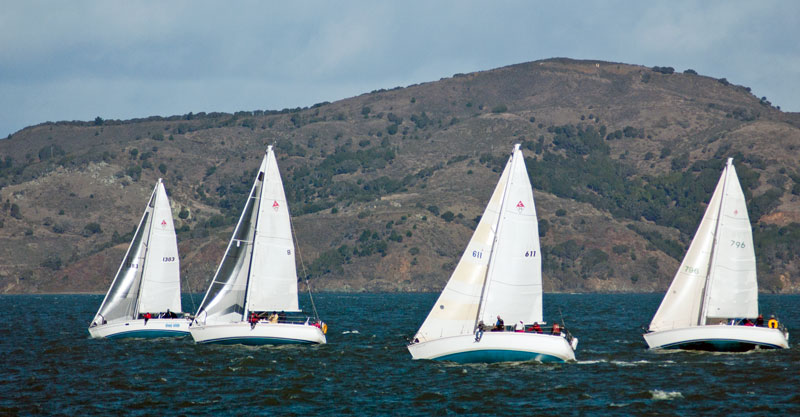
Real Time Boat Tracking with AIS
An added feature on Jibeset is tracking of boats with AIS in real time. An example is the OYRA Jr Waterhouse race on July 10, 2021.
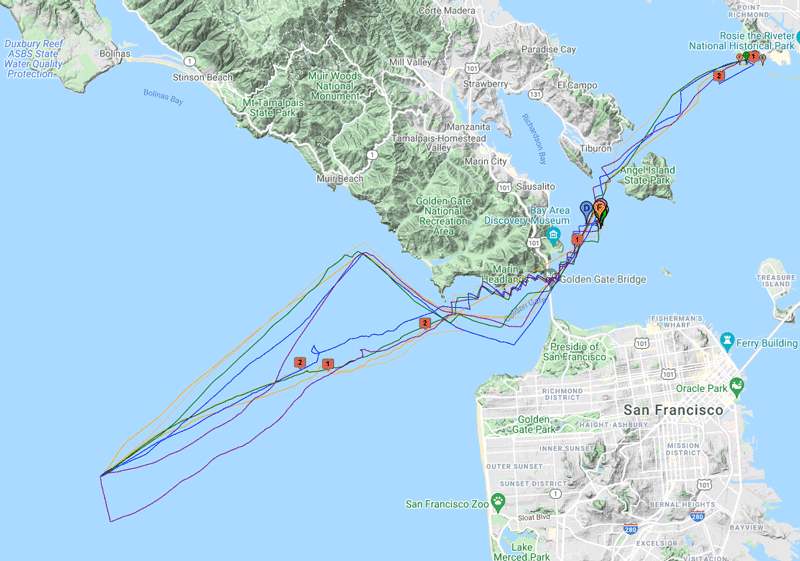
Right now, you can track some of the racers returning from the Singlehanded Transpacific Race on Jibeset here. The Transpac Race to Honolulu (the second starts go off today, and the last, fastest boats will start tomorrow) is using the more costly YB Tracking (aka Yellow Brick), and the Yacht Scoring system employed by big-ticket events. What we like about Jibeset is that it’s homegrown, developed in partnership with the race organizers who use it, easy to use for race committees, racers and media types (we’re all three), and the cost is affordable for the most modest of clubs. Though Yacht Scoring is excellent, it’s not for everyone, and we prefer Jibeset to Regatta Network in all three of the roles we mentioned in the previous sentence.
Congratulations to Ray on the 10-year anniversary!
NOAA Predicts Another Above-Normal Atlantic Hurricane Season
“June too soon, October all over.” — that’s the phrase that’s sometimes shared to give an indication of when to expect hurricanes in the Atlantic. However, NOAA quotes the season as running from June 1 to November 30.
It’s now mid-July and to date we’ve seen five named storms make their way through the Atlantic basin region, the first of which, subtropical storm Ana, was the subject of an advisory notice on May 22 — nine days before the season’s official start. As far as actual hurricanes go, last week’s Tropical Storm Elsa became the first official hurricane of 2021. Elsa (any reference to the intimidating snow queen in Disney’s Frozen?) became the subject of an advisory notice on the evening of June 30, and was dropped on July 9. During that time she was forecast to track along the entire US East Coast. Elsa brought destructive winds, torrential rains and flooding, and was responsible for one death. Fortunately she dissipated before she could create more havoc.
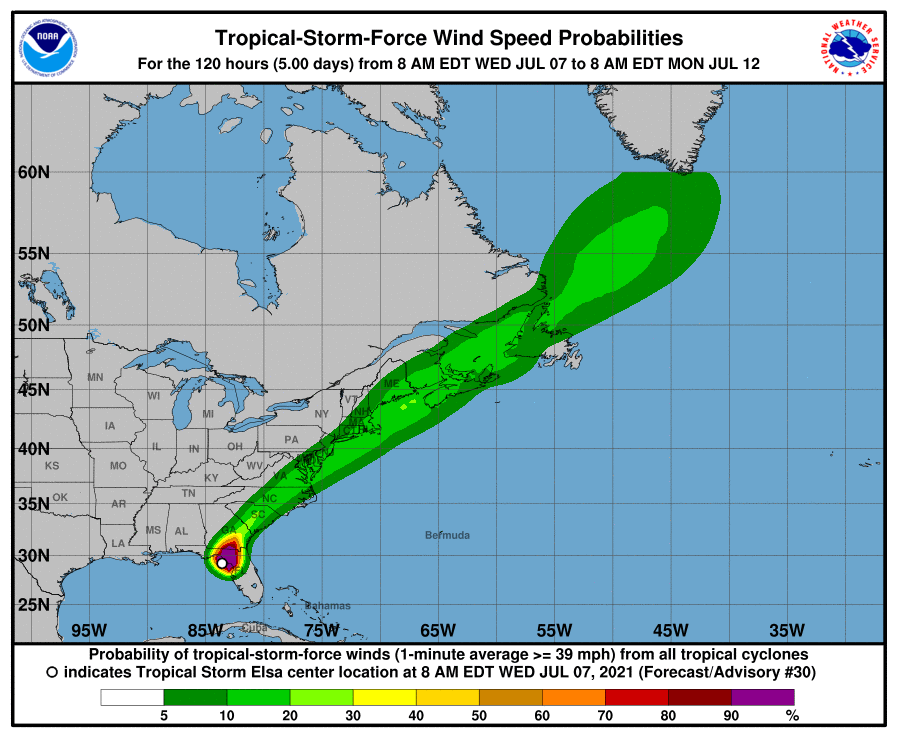
So what can we expect for the remainder of this year’s hurricane season?
In May, NOAA reported that its Climate Prediction Center was expecting another “above-normal” Atlantic hurricane season, though they did not expect it to reach the historic level of activity reported in 2020. (Of course! That was 2020 after all.) Specifically, the forecasters predicted a 60% chance of an above-normal season, a 30% chance of a near-normal season, and a 10% chance of a below-normal season.
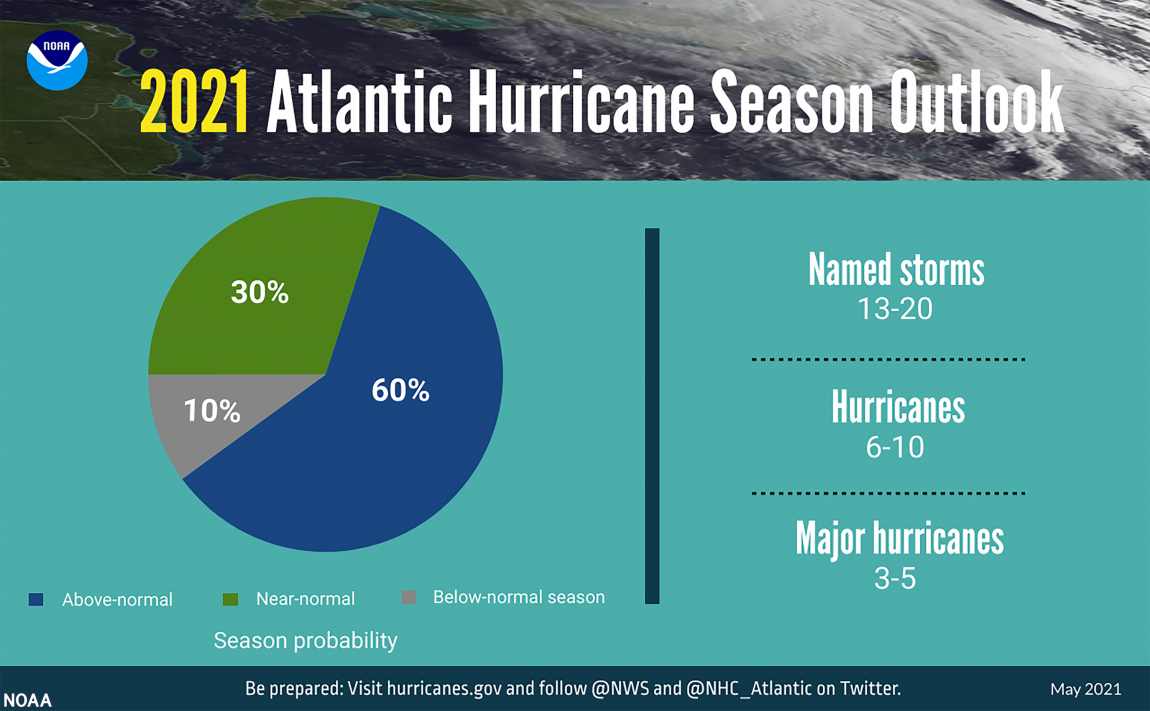
In relatable terms, that means we could expect a range of “13 to 20 named storms (winds of 39 mph or higher), of which 6 to 10 could become hurricanes (winds of 74 mph or higher), including 3 to 5 major hurricanes (category 3, 4 or 5; with winds of 111 mph or higher).” NOAA published these figures with what they wrote was “70% accuracy.”
What does this all mean? As usual, if you plan to be sailing on the East Coast, be rigorous and thorough in your passage planning and preparation, and pay particular attention to weather forecasts. Even if you’re just heading out for an overnight.
On a slightly different note, have you ever wondered who chooses the names for the season’s hurricanes and storms, and how? We have, and we came across this page on The Old Farmer’s Almanac website that answers exactly that question. Now we have an idea of not only what to expect from this year’s Atlantic hurricane season, but also what the weather systems will be named.
US Coast Guard Releases 2020 Boating Safety Statistics
We all know what an odd year 2020 was, and even though we’re now halfway through 2021, the year to be remembered is still with us in many ways. Ordinarily it wouldn’t be remarkable to be posting a story about the previous year’s US Coast Guard boating safety statistics, but this time it just feels a little more, “Oh, but of course; it was 2020 after all.”
According to the report, there were “767 boating fatalities nationwide in 2020, which is a 25.1 percent increase from 2019. The total number of accidents increased 26.3 percent (4,168 to 5,265), and the number of non-fatal injured victims increased 24.7 percent (2,559 to 3,191).”
The report states there is evidence that boating activity increased significantly during the pandemic — this was based on “reports of increased boat sales, insurance policies taken out, insurance claims, and calls for towing assistance.” We certainly noticed the increase of boat sales. Yacht brokers and boatyards talked about the increase in business throughout 2020. Of course we all know sailing is a good pastime, and when everyone had a lot of time on their hands, it made sense to use it on the water. But of course this also translates into an increase in risk. Accordingly there were a number of cases where “boaters had recently purchased the vessel involved in the incident, but had not taken many of the proper safety precautions before getting underway.”
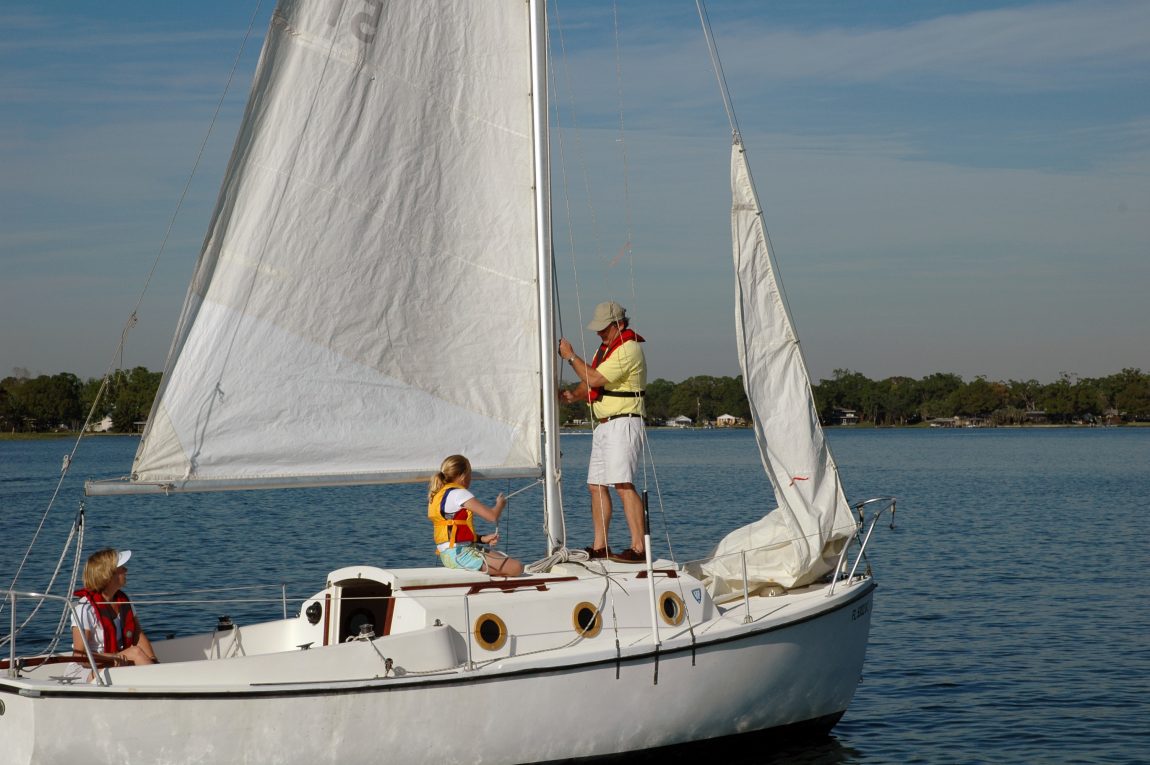
The report further states that alcohol continued to be the leading known contributing factor in fatal boating accidents in 2020. Alcohol was directly implicated in over “100 deaths, or 18 percent of total fatalities.”
Aside from deaths, the USCG noted that property damage totaled around $62.5 million, and that “operator inattention, operator inexperience, improper lookout, excessive speed, and machinery failure ranked as the top five primary contributing factors in accidents.”
A large factor in the cases of drowning, which accounted for 75 percent of the fatalities, was that 86 percent of the victims were not wearing a life jacket.
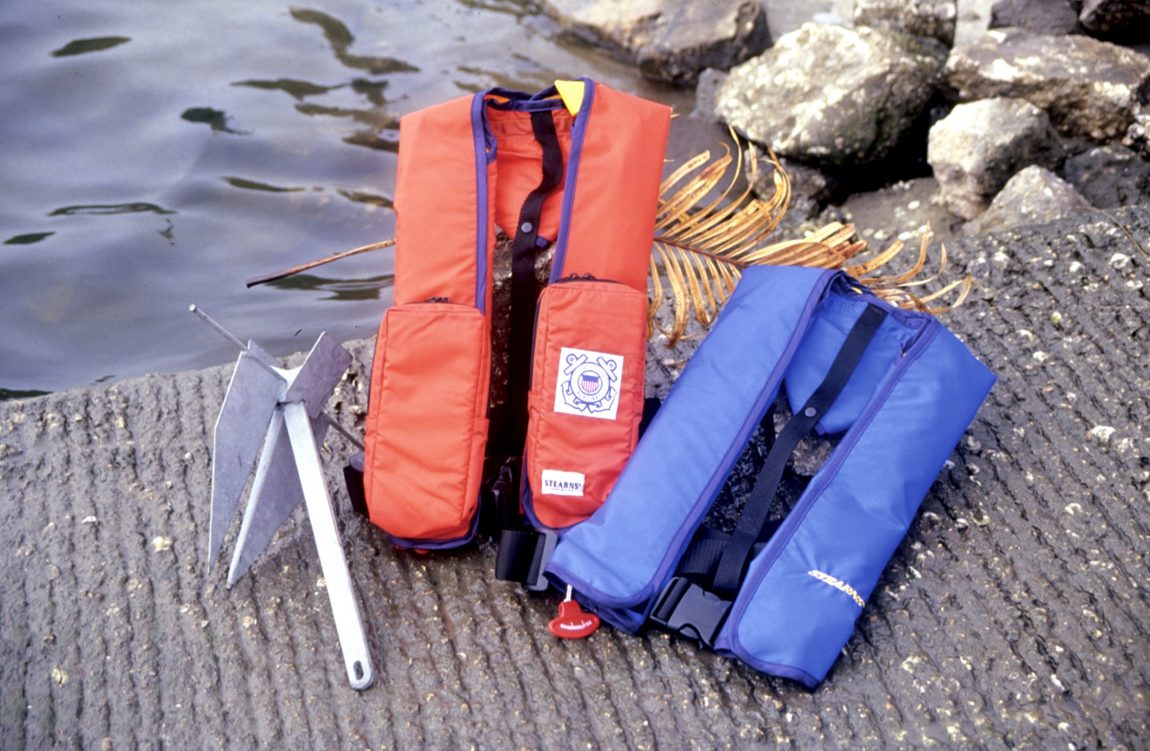
And in cases in which the level of boating instruction was known, “77 percent of deaths occurred on vessels where the operator had not received boating safety instruction.”
That said, the report also states that most of the reported accidents involved “open motorboats, personal watercraft, and cabin motorboats.” And where the vessel type was known, the highest percentage of deaths involved “open motorboats (50 percent), kayaks (15 percent), and pontoons (9 percent).”
These are of course overall statistics for the nation as a whole. Individual regions will each have their own statistics, which may or may not vary from the national figures. But it does remind us to be diligent when planning, preparing for, and engaging in sailing. We love to have a good time on the water, and summer is not over yet, so let’s do our best to help make next year’s USCG boating safety statistics show a decrease in boating accidents and fatalities.
If you would like to read the full report, along with the previous 16 years’ reports, you can do so here.

